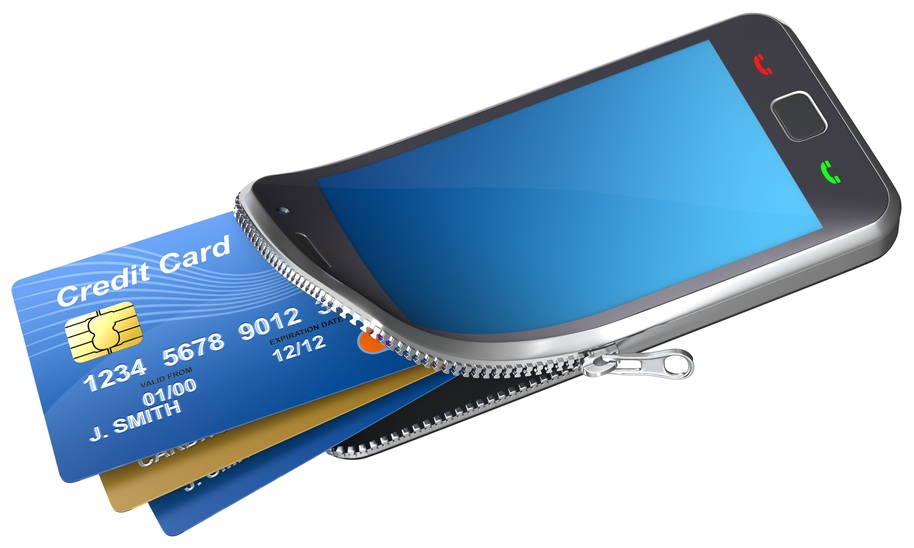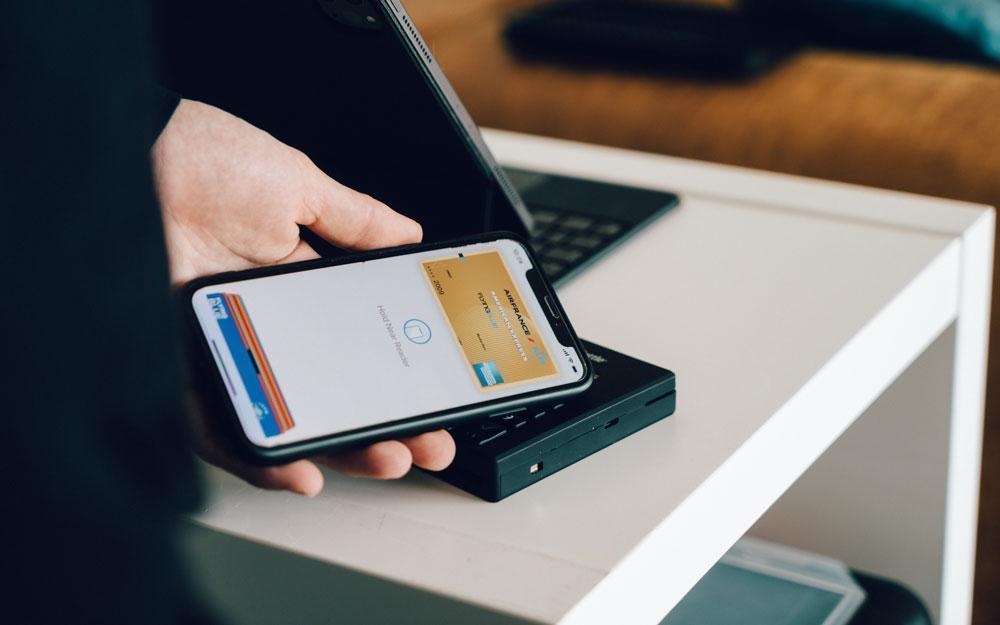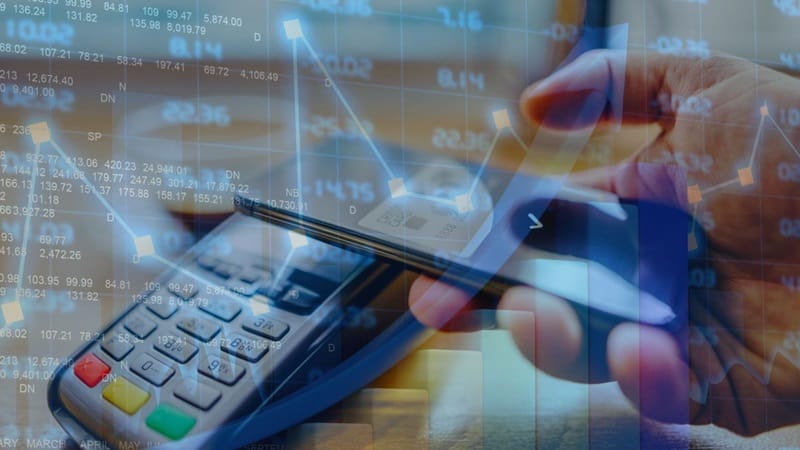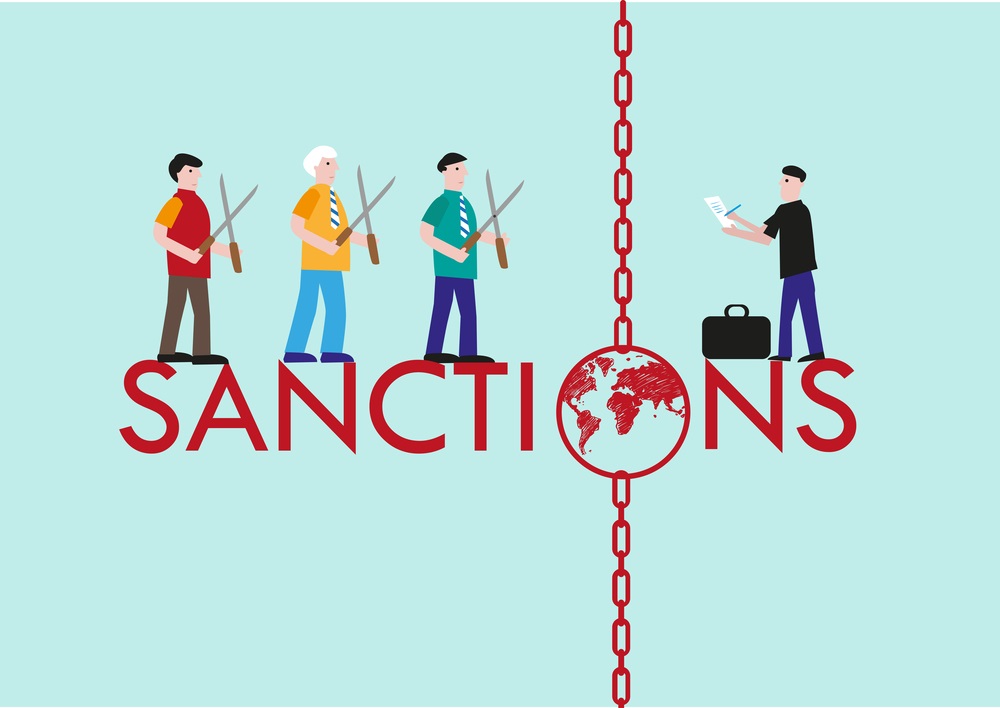In today’s digital rush, everyone talks about the ease of tapping to pay. But let’s face it, the road is rough when you dive into the challenges of mobile payment platforms. You hear about hacks, stolen identity, and the big headache of keeping your money safe. As an expert who’s been around the block, I’m here to walk you through these twisted paths. We’ll decrypt the chaos of encryption issues and tackle the beast of user authentication. Because let’s be real, your peace of mind is worth fighting for. So roll up your sleeves, and let’s get started.
Understanding Mobile Payment Security Challenges
Encryption Issues in E-Payments
Let’s talk about keeping your money safe when you pay with your phone. You know that little lock that shows up when you pay? That’s encryption. It scrambles your info so only the right person can see it. But sometimes, there are problems with this lock system. Bad guys try hard to break these locks. If they do, they see your card info and can steal your money.
Now, think about using a super-secret code to talk to your best friend. You wouldn’t want anyone else to know it, right? That’s what encryption does for your mobile payments. It hides your info in a code. But this code needs to be super strong and secret. If it’s not, someone could crack it and take your cash. We always have to work on making the code better to keep ahead of thieves.
For instance, you might use an app to buy a toy online. Even if you’re careful, the app could have weak encryption. Hackers love this. They look for weak spots to get into the system. We always check if these spots are strong enough. And if they aren’t, we fix them to keep your shopping safe.
User Authentication Challenges
Now, let’s chat about proving it’s really you when you use your phone to pay. This can be tricky! Sometimes, the phone asks for your face or your fingerprint. Other times, it sends a code to your mom’s phone, and you type that in. This is all to make sure someone else doesn’t spend your allowance.
But it’s got to be easy too. If it’s too hard to prove it’s you, you might give up. And that’s not good for anyone. So, we have to find a balance. We make sure that it’s hard for bad guys to pretend they’re you, but still easy for you to buy that ice cream.
Like when you play a game and choose a secret player to be – that’s kind of like user authentication. We want to make sure the secret player is really you. If it’s too easy, someone else might play as you. So, we use things like your voice or how you tap on the screen to make sure it’s you and not someone else.
We’re always working to make this even better. Like teaching the phone to really get to know you. So even if someone finds your secret code, they can’t pretend to be you. Because no one knows you like your phone does!
Securing your money on your phone is a big job. We keep an eye on the code locks and always test to make sure they’re strong. And we’re always making sure the phone can tell it’s really you trying to spend money. It’s important, and we take it very seriously. Stay tuned, because there’s a lot more to say about keeping your money safe!
Combatting Fraudulent Activities
Frauds Prevention in Mobile Banking
As a mobile payment security analyst, I see fraud as a major enemy. Banks face fraud every day. They fight back with tools and rules. Smart machines watch for strange card swipes and odd app logins. Banks also teach us how to spot tricks. They tell us to keep secrets, like PINs and passwords, and to watch our accounts.
Still, crooks are clever. They make fake calls and send scam emails. They can trick our phones and steal money with a tap. But, we can learn their ways and stay a step ahead. Some apps tell us when our card is used, or let us shut it off with a click. That’s good for keeping our cash safe.
Now, phones can hold our card info too. That’s handy but risky. Bad guys want that data. We must check often and be sure to use secure networks. When we buy stuff, we should check the shop’s safety too. If a deal feels wrong, it might be. Trust your gut.
Banks work hard to stop fraud in mobile banking. They block bad actors and fix weak spots. They keep an eye on the money flow, ready to jump in if needed.
Digital Wallet Risks and Solutions
Have you ever lost your wallet? Yep, it’s a pain. Now think about losing your digital wallet. Your phone holds your cards and cash now. One slip, and a thief might grab it all. We must protect our digital wallet like a treasure.
Here’s how we do it. First, we lock our phones, maybe with a finger tap or a face scan. If our phone walks off, no one else can open our wallet app. Next up, we keep our phone’s brain – the software – smart and up-to-date. Old software has holes that crooks can sneak through. So, we update often.
Then, there’s the web. Free Wi-Fi is great, but it can be a trap. Crooks set up fake Wi-Fi to trick us. They watch what we do and grab our card info. So, we should skip the free Wi-Fi when we shop or bank on our phones.
Even the shops we use can help keep us safe. Many stores have contactless pay now. We just tap our phone, and that’s it. But even here, we should peek over our shoulder. Make sure no snooper catches our info.
Finally, if things go wrong, we can talk to the bank. They can help fix mess-ups and keep our hard-earned money safe. Fighting fraud is tough, but banks and we have cool tools to win the battle. So let’s use them and keep our digital wallets locked tight!
Navigating Regulatory and Privacy Concerns
Mobile Payment Regulatory Requirements
As a mobile payment security analyst, I face rules that are tough but crucial. Each country has its own laws. What this means for mobile payment platforms is that they have to adapt and be careful. They must keep up with all these rules. This keeps your money safe. Banks and payment services must stick to financial rules. They must know who their customers are and keep data secure. This makes sure they fight money crimes well.
Mobile payment regulatory requirements? They include knowing your customer (KYC) and anti-money laundering (AML) laws. To make it simple, KYC means they check who you are before you can use services. AML stops people from hiding illegal money acts. All this helps to keep mobile payments above board.
Keeping up with these rules can be tough. Every country is different, and their rules can change. It can be hard for mobile payment companies to keep track of everything. But these steps are key to make sure you and your money are safe.
Protecting Customer Privacy in Digital Payments
Your private info is precious. It should stay that way, especially when you pay with your phone. Mobile payment companies have to work hard to keep your info safe. They must stop people from stealing it. But it’s not just about hackers. Companies also must be sure they don’t use your info in bad ways.
How do they keep your data safe? They use tools like encryption and tokenization. Encryption scrambles your data so only the right person can read it. Tokenization replaces sensitive details with unique symbols. Both ways help keep your info safe. But even with these tools, challenges still pop up. Hackers always look for new ways to break in.
Fraud prevention in mobile banking? It means tracking transactions to spot anything odd. It also means using more than one way to check who users are, like texts or fingerprints. It’s like having many locks on a door – it’s safer. Combating phishing in mobile finance involves teaching users to spot fake messages. This stops thieves from tricking people into giving away personal info.
Keeping your private info safe in digital payments needs constant work. Mobile payment platforms must stay ahead of bad guys. They must use the latest tech and teach their users well. Everyone must play their part in this, from companies to individuals. The goal? To use mobile payments without fear, knowing your data and money are safe.
Maintaining the Integrity of Mobile Payment Systems
Ensuring Reliability of NFC Payments
Near Field Communication, or NFC, lets phones talk to payment systems with a tap. It’s handy, but folks often worry if it’s safe. Yes, NFC payments have high security. They use a unique code for each transaction. Still, some folks might get your details if they are close enough. That’s rare, but be alert.
We work hard to keep NFC safe. Each payment is encrypted, making it hard for thieves to snag your info. Also, your actual card number isn’t shared with the store, just a special transaction code. So your card stays safe.
Securing Mobile Payment Protocols and Infrastructure
Mobile payments need a strong system to prevent bad stuff like hacking or data leaks. Think of the system like a safe where your money’s protected. Big problems can come from small cracks in that safe. We’ve got to patch them up.
Security concerns in mobile payments are real. Hackers are eager to steal, and digital wallets are tempting targets. Fraud prevention in mobile banking is like a never-ending game. We play to stay steps ahead of baddies. We build walls – think of encryption as one – to stop them.
We face challenges, no joke. User authentication is one. You know, making sure it’s really you using your phone to pay. We use stuff like fingerprints and face scans for this. Multi-factor authentication is another wall. It asks for more than one proof that it’s you.
But hackers keep trying. They send fake emails or texts, called phishing, to trick you. We fight this by teaching folks how to spot these tricks. Malware is another threat. That’s bad software they try to sneak onto your phone. We have guards for this too.
Our systems must talk to each other well – that’s interoperability. Imagine going to another country and your mobile wallet just works. That’s the goal. Sometimes, technical glitches or different rules make this hard. We work to fix that because we want you to shop without a hitch, anywhere.
For people with cash, giving it a go is a leap. They ask, “Is this safe? Will my money vanish?” We understand. That’s why we work day and night to build trust. We sort disputes and face problems head-on.
Mobile pay must follow lots of rules, too. These keep your money safe but can make our job tough. We keep up with new rules to make sure everything’s right.
In short, we protect your mobile payments from many risks. Like most things, it’s not perfect. Yet, we stand guard and improve every single day. You can bank on us to keep your mobile payments safe and sound.
In this post, we tackled mobile payment security from top to bottom. We looked at how encryption issues and user sign-in hurdles can leave doors open for trouble. Then we dived into stopping cons in mobile banks and digital wallets. After that, we walked through the maze of rules and how to keep customer info safe. Finally, we saw how to keep the payment systems themselves strong and secure.
Here’s what you need to know: mobile payments are handy, but they come with risks. You’ve got to stay sharp on security every step of the way to protect yourself and your money. It’s all about being smart with technology and guarding your data like a treasure. Keep these tips in mind and you’ll be on track for safe spending.
Q&A :
What are common security concerns for mobile payment platforms?
Mobile payment platforms face several security concerns that users and providers need to be aware of. These concerns include potential vulnerabilities to hacking and fraud, data breaches, and unauthorized transactions. Ensuring strong encryption standards, secure authentication methods, and up-to-date software are critical for mitigating these risks.
How do mobile payment platforms handle disputed transactions?
Handling disputed transactions on mobile payment platforms typically involves a systematic process where the user reports the issue to the service provider. The provider then investigates the claim by reviewing transaction records and, if necessary, coordinating with banks and merchants to resolve the dispute. User-friendly support systems and clear dispute resolution policies are essential for maintaining trust in mobile payment services.
What are the interoperability challenges for mobile payment systems?
Interoperability challenges for mobile payment systems stem from the fact that there are numerous platforms with their proprietary technologies. Users and merchants may face difficulties when transactions involve different systems or countries. Cross-platform compatibility and adherence to international standards can help overcome these challenges.
Can mobile payment platforms be used internationally?
International use of mobile payment platforms depends on the provider’s reach and the partnerships they have with financial institutions across borders. Some platforms are designed for global use, while others are restricted to specific regions. Users should check with their service providers regarding international capabilities and associated fees.
How do mobile payment platforms impact small businesses?
Mobile payment platforms can have a significant impact on small businesses by providing them with a convenient and often cost-effective method to process transactions. They can increase customer satisfaction by offering quick and seamless payment options, potentially leading to increased sales. However, small businesses must consider the integration costs and the compatibility of the mobile payment platform with their existing systems.






